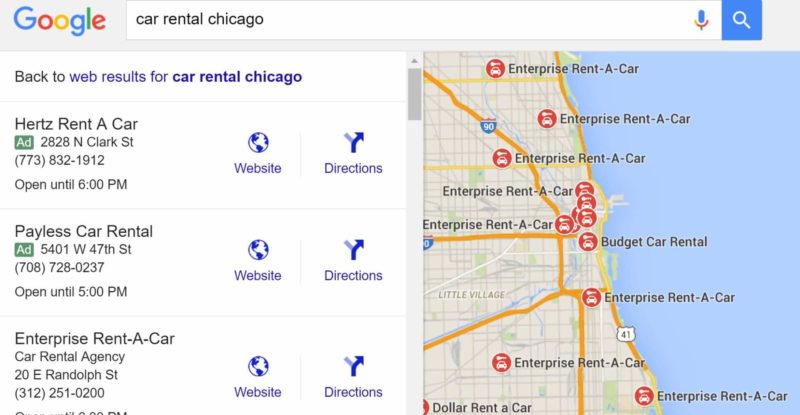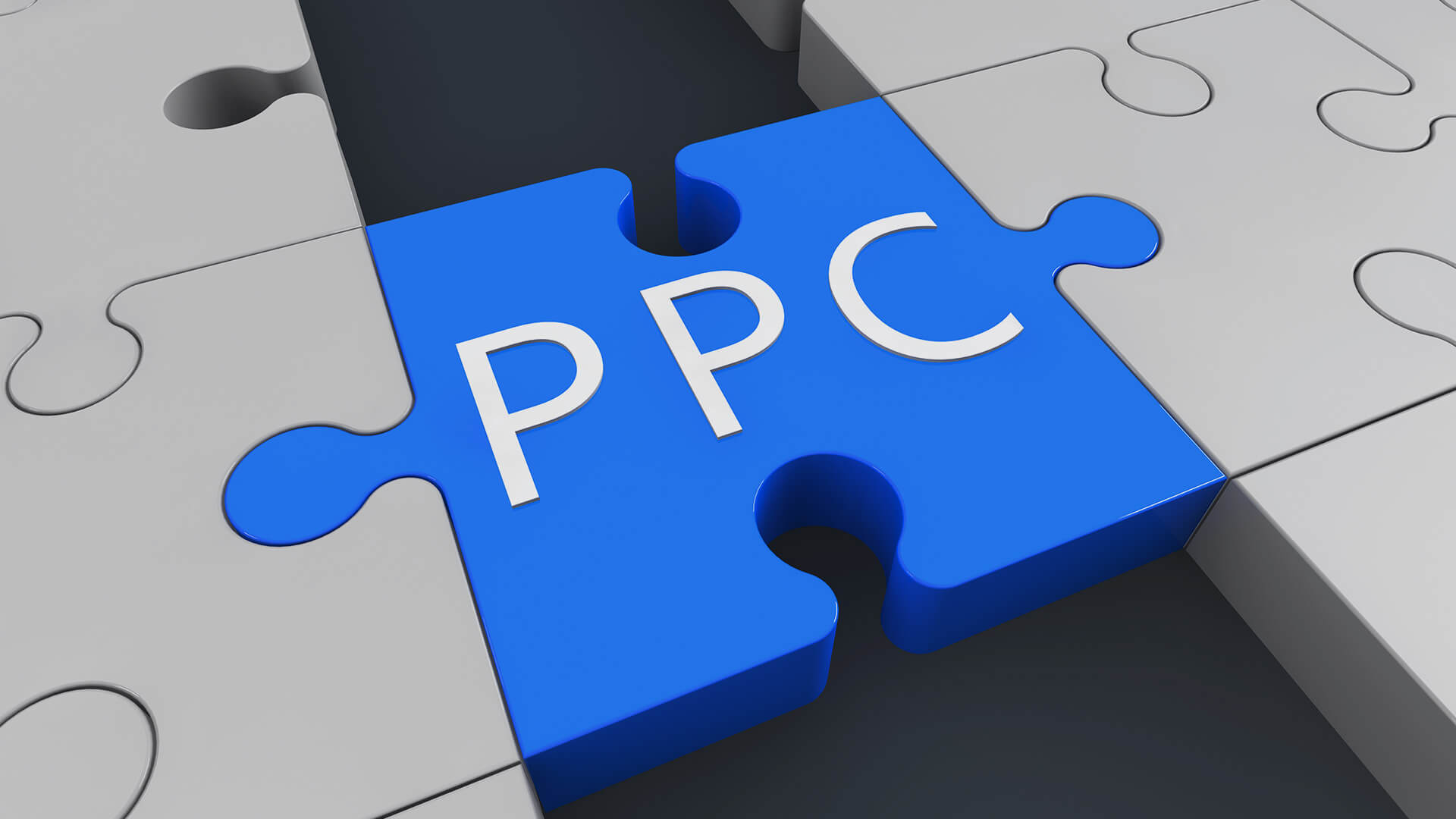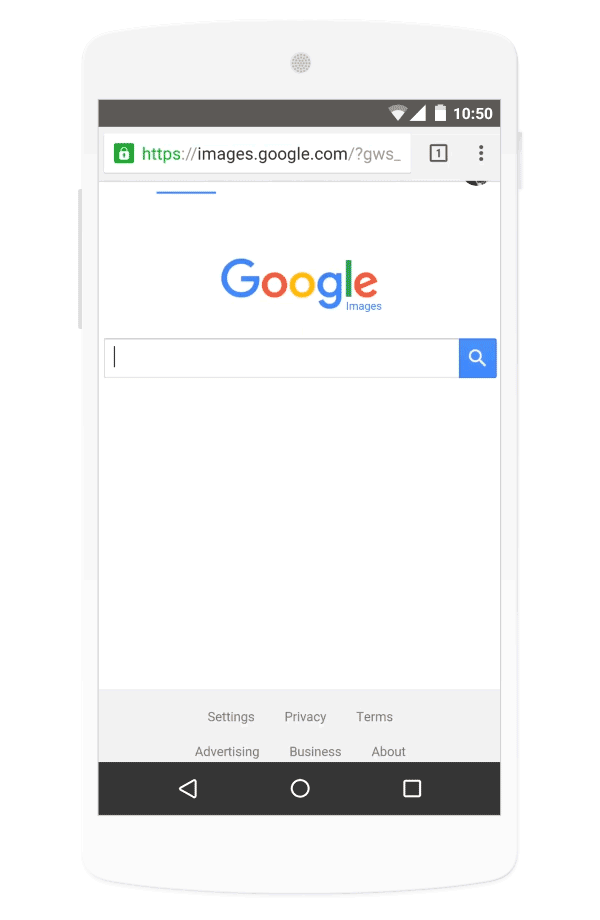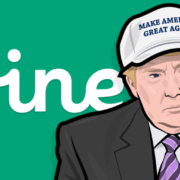The 10+ biggest things to happen in PPC so far in 2016
Big text ad changes, a revival of device bidding and LinkedIn possibilities are among the announcements that hold big implications for search marketers.
Paid search in 2016 might have started uneventfully, but the lull did not last. Beginning in February, there was a rush of announcements that culminated at the Google Performance Summit on May 24. Those announcements will shape much of what search marketers will be working on in the second half of the year. Here’s a look back at all the big feature updates, launches and news from Microsoft’s Bing Ads and Google AdWords so far this year.
The new Bing Network
In the first week of the year, Bing took over powering search and search ads on AOL from Google. In the 10-year deal, ads are served on AOL and AOL syndicated search partners.
In February, Microsoft formally separated from Yahoo with the launch of the Bing Network. In April 2015, the two companies announced what largely amounts to a dissolution of the Search Alliance after five years into the 10-year deal. Bing continues to serve ads on a good portion of Yahoo results, but account management is now completely separate, and Bing Ads scaled up a sales force of 450 and transitioned over 10,000 managed accounts in North America. In talking about the transition, Microsoft’s general manager of global search sales and service, Lynne Kjolso, said, “It took us five years to globally roll out the search alliance… and we unwound 90 percent of that in less than six months.”
So long, right rail ads
In February, Google confirmed that they would no longer serve text ads in the right rail on desktop. The move unifies how text ads display on all devices and paved the way for Google’s big Expanded Text Ads announcement (more on that below).
For more on the change and its impact, check out: what the changes mean for search marketers by Alistair Dent and why not to overreact by Kevin Ryan. Frederick Vallaeys offered advice on how to respond. Larry Kim and Andy Taylor shared looks at what happened in the early days of the change and how it affected bidding. And finally, here’s what Google’s Matt Lawson had to share about the reasoning behind the changes.
Big ad changes for Local & Maps
In April, Google started showing ads in the Local Finder, the page of local and Map results that users get to by clicking on “More places” from the local three-pack on the main search results.
Also as of April, Google no longer categorizes Maps as a Search Partner. The change means that only ads with location extensions are eligible to show in Maps, and it also means advertisers can opt out of Search Partners and still show ads in Maps.
Later that month, Google started using purple ad labels in Maps.
In May, at Google Performance Summit, ads and commerce head Sridar Ramaswamy announced that Promoted Pins will be coming to Maps, taking a page from Google-owned Waze. Ramaswamy also said that a third of mobile searches are now local and growing 50 percent faster than mobile searches overall.
The next frontier for ads is in the Local Pack in search results. Google’s Global Product Lead for Local Ads, Ali Turhan, discussed the testing the company is doing to show ads in (or possibly above) the pack of organic listings at SMX Advanced. We know for certain these ads are coming, but what they’ll look like and exactly where they’ll be placed is still being tested.
Google began showing ads in the Local Pack.

Store visits: In May, Google reported it has measured more than one billion store visits in 11 countries from AdWords ads since rolling out the measurement at the end of 2014. The company also said it is working on solutions to capture store visit data from smaller retailers. On a related note, Google’s program to track store transactions back to ad campaigns is still in beta.
Rethink the last 15 years of text ad testing
Expanded Text Ads are undoubtedly the biggest change announced in the first half of the year. Every single advertiser running text ads will be rewriting ads in the coming months. We first reported on the Expanded Text Ads test in April. The new format was officially announced at GPS. Bing Ads soon announced it would support ETAs. Google’s Sundeep Jain, who oversees all things text ad, discussed the rollout in a keynote discussion at SMX Advanced. The message from both Google and Bing is to rethink your ad creative; don’t try to tack on some extra characters.

Device bidding is coming back, baby!
The best-received announcement of 2016 so far has to be that Google is bringing device bidding back to pre-Enhanced Campaigns days. Bid modifiers remain, but tablet and desktop bids will be separate, and advertisers can set base bids for mobile. Will search marketers go back to setting up device-specific campaigns? These and other implications will be the focus of a lot discussions in the coming months.
Updates for Shopping & retail
A helpful update for marketers manually managing their product feeds was the addition of Feed Rules in Google Merchant Center to add custom labels, make quick fixes and more at the end of April.
GTIN requirements for Shopping feeds went into effect May 16 to help Google improve the relevancy of product listing ads for user queries. Google said GTINs can lead to more impressions and more conversions.
In mid-May, Google:
- officially brought Shopping Ads to Image Search;
- added a “store pickup” link option for Local Inventory Ads to appeal to local shoppers who want to buy online and pick up in-store; and
- announced inventory search in local knowledge panels for users to be able to see if an item is in stock at their local retailer. The feature is automatically available to retailers running Local Inventory Ads.
Product Listing Ads come to image search..
Conversion attribution models in AdWords
This change wasn’t necessarily splashy, but it’s significant in that it gives marketers another way to move beyond last-click attribution. Search marketers can now set different attribution models — including the new data-driven attribution model — for individual conversion events in AdWords.
Microsoft to buy LinkedIn
The mid-June announcement that Microsoft plans to buy LinkedIn for $26.2 billion caught people by surprise and a minute later had us all speculating about what it could mean for advertisers and for Bing. At SMX Advanced, Microsoft’s general manager of global search sales and service, Lynne Kjolso, said discussions around advertising are happening internally but that LinkedIn will be guiding those decisions as it remains a separate business unit.
Bing Ads Editor for Mac arrives
Bing finally launched Bing Ads Editor for Mac in June. It’s available in beta in the US and will be rolling out to all markets. The launch is significant in that it relieves a big barrier to entry for Mac users and highlights a major shift in engineering priorities at Bing Ads since the separation from Yahoo.

Honorable mentions
- App parity: At the end of January, Google finally launched an iOS app for AdWords. Now advertisers can access Bing Ads and AdWords apps on both Android and iOS.
- Redesigning the AdWords interface: Okay, this was a big announcement, made in March, but for now, this is an honorable mention. We know it’s coming, some accounts have alpha access, but at this point it’s not something that’s affecting a advertisers in a meaningful way. Several search marketers did share with us what they hope to see from the newly designed UI — more to come in the second half of 2016.
- Google Analytics 360 Suite was unveiled in March. New in the premium suite are the long-awaited data management platform (DMP), a landing page testing/personalization tool and a custom reporting tool. A free version of the reporting tool, Data Studio, went live in May.
- Ad bans: In May, Google said it would ban ads for payday loans and high-interest loans as of July 13. Later that month, Bing Ads announced it would no longer accept ads from third-party tech support services, citing “serious quality issues.”
- Purchases on Google (aka the Google buy button) is still in testing. Google said e-commerce sellers such as Ralph Lauren, Ugg and Staples are among those testing it. Staples now has 95 percent of its products included in Purchases on Google.
- Google brought its new app streaming technology to Trial Run ads for app installs in March. Users can experience a bit of an app before deciding whether to download it.
- Ad cards: There was no announcement here, but it’s something to think about. Google has been using cards in various ad formats for some time — think those product cards that look like knowledge graph panels — but there could be much more to come. In May, users spotted a test in which mobile sitelinks were served in a carousel of cards. At SMX Advanced, Google’s Sundeep Jain touched briefly on how they are using cards to serve content in mobile text ads. We can then speculate about new delivery methods and ad placements in the search results.
- Yahoo, facing an impending sale, has made no notable announcements about Gemini’s search capabilities so far this year. The company announced at a NewFronts event (closed to press this year) that it was expanding its ad viewability measurement capabilities and guarantees in Yahoo Gemini native video.
That’s a wrap for the first half of 2016. These announcements have set the stage for a very busy next half.












